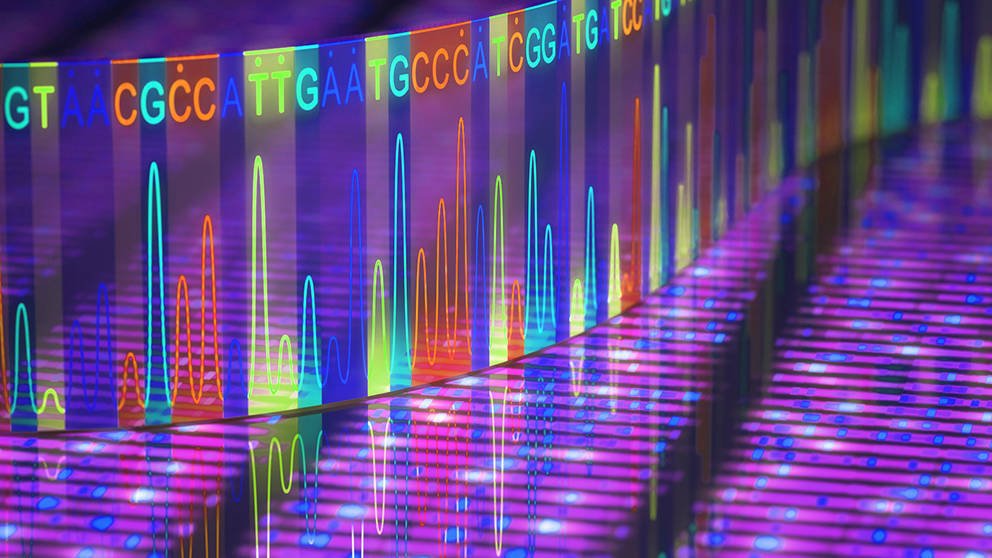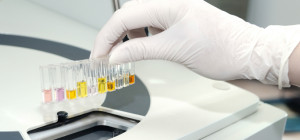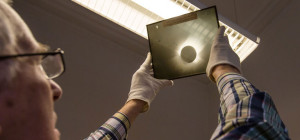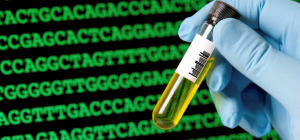 DNA sequencing can be used to predict the risk of developing hereditary cancer through the identification of pathogenic mutations in their germline. Blood is the popular source of DNA for genetic testing but has some disadvantages that include poor stability of samples, invasive collection methods and high cost of collection.
DNA sequencing can be used to predict the risk of developing hereditary cancer through the identification of pathogenic mutations in their germline. Blood is the popular source of DNA for genetic testing but has some disadvantages that include poor stability of samples, invasive collection methods and high cost of collection.
Genetic testing using saliva is now readily used for the detection of hereditary mutations that will help patients know their health status and take necessary measures. Saliva has found widespread suitability as a source of genomic DNA used for DNA sequencing data analysis to identify germline mutations. DNA concentration yields in saliva are enough for PCR library preparation with no big difference from DNA in blood samples. The effectiveness of DNA sequencing data analysis is therefore comparable across sample sources.
Saliva is a convenient source of genomic DNA since it is simple to collect and you must not visit a health facility or seek assistance to collect a sample. Unlike blood collection, saliva collection is pain-free and it is not associated with stress or anxiety. Saliva doesn’t require refrigeration since it has good stability under storage and transportation. Poor storage and shipment of blood samples affect the yield and quality of DNA to be extracted.
Just a Drop of Saliva
Saliva collection kits are readily available online and even from local drug stores for purposes of genetic testing. These kits are available with stabilizing solutions that help preserve saliva at ambient temperature until they get to a testing lab.
Patients/clients have a role to play to ensure the collection of high-quality samples. They are advised to:
- Wait for about 60 minutes after meals before collecting saliva.
- Thoroughly rinse the mouth using plain water to get rid of any food particles or other contaminants. Wait for another 10 minutes before collecting the saliva sample. Failure to wait after rinsing the mouth will lower the amount of DNA that can be extracted from the provided sample.
- Use disposable gloves when collecting the sample to avoid contamination with enzymes found on the skin that degrade DNA.
- Make use of proper technique and the provided kit in the collection of the saliva sample to meet all requirements for collection, handling, and DNA sequencing data analysis.
Advancements in the genetic field have proven that saliva is a reliable source of DNA that is effective in diagnostic and research applications. Saliva is classified as a suitable source of germline DNA since it has 97 percent concordance in genotyping results as blood samples.
The following considerations should be followed when choosing a saliva collection method for purposes of DNA sequencing data analysis.
- Does the saliva collection kit guarantee high-quality DNA? Research and ascertain that a chosen saliva DNA collection kit will provide sufficient DNA for downstream analysis. You can use product reviews and third-party literature in form of peer-reviews articles and validations to check if the product is of high quality. Other information to seek includes storage conditions required for the sample and how long the DNA in the sample will remain stable. All this information will help you determine if the collection kit meets quality standards for collection, storage, transport, and DNA analysis.
- Ease and reliability of the sample collection procedure. Are you in a position to successfully follow all the steps and complete saliva collection? How many steps are there? Will you be coming into contact with the chemical used for the stabilization of the sample? You must be confident about being able to follow the sample collection procedure without error or contamination of the sample. It will guarantee that high-quality metrics can be obtained from DNA sequencing data analysis.
- Which is the most effective DNA Sequencing Data Analysis Company? Go for a service/laboratory that has requisite experience working with saliva as a sample to optimize yield and produce accurate data. The lab/service must have experience working with the chosen saliva collection device.
- Does the chosen company provide support for successful sample collection? Several factors may be involved such as the collection of patient/client sample, transport regulations, laboratory processing, sample chain of custody, and analytics. The company must provide good support for all stages to ensure that the sample collected is optimized for high-quality DNA downstream.
All these considerations will contribute to the collection of a good sample that is optimized for maximum quantity and quality. Once a sample reaches the laboratory intact, it will be ready for DNA sequencing data analysis. DNA extraction from the saliva sample follow these major steps:- cell lysis, RNase-treatment for RNA removal, protein precipitation to break amino acid chains and release capture DNA, ethanol precipitation to isolate and purify DNA, and DNA rehydration. DNA obtained from whole saliva samples is of high molecular weight and sufficient quality for sequencing purposes including next-generation sequencing.
Saliva as a sample for DNA sequencing may have disadvantages such as the presence of contaminants that are introduced into the sample at collection and presence of high amounts of protein which are caused by underlying infections. These contaminants and proteins will impact DNA quantification and analysis. Overall, saliva remains a viable choice for DNA sequencing data analysis, especially where blood may not be routinely available for sample collection.







